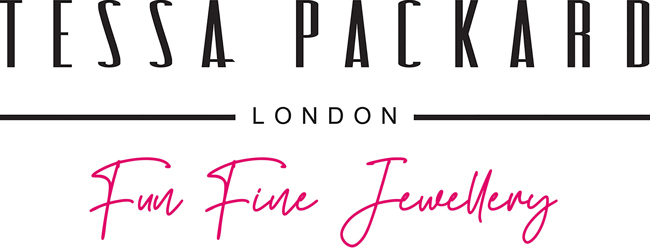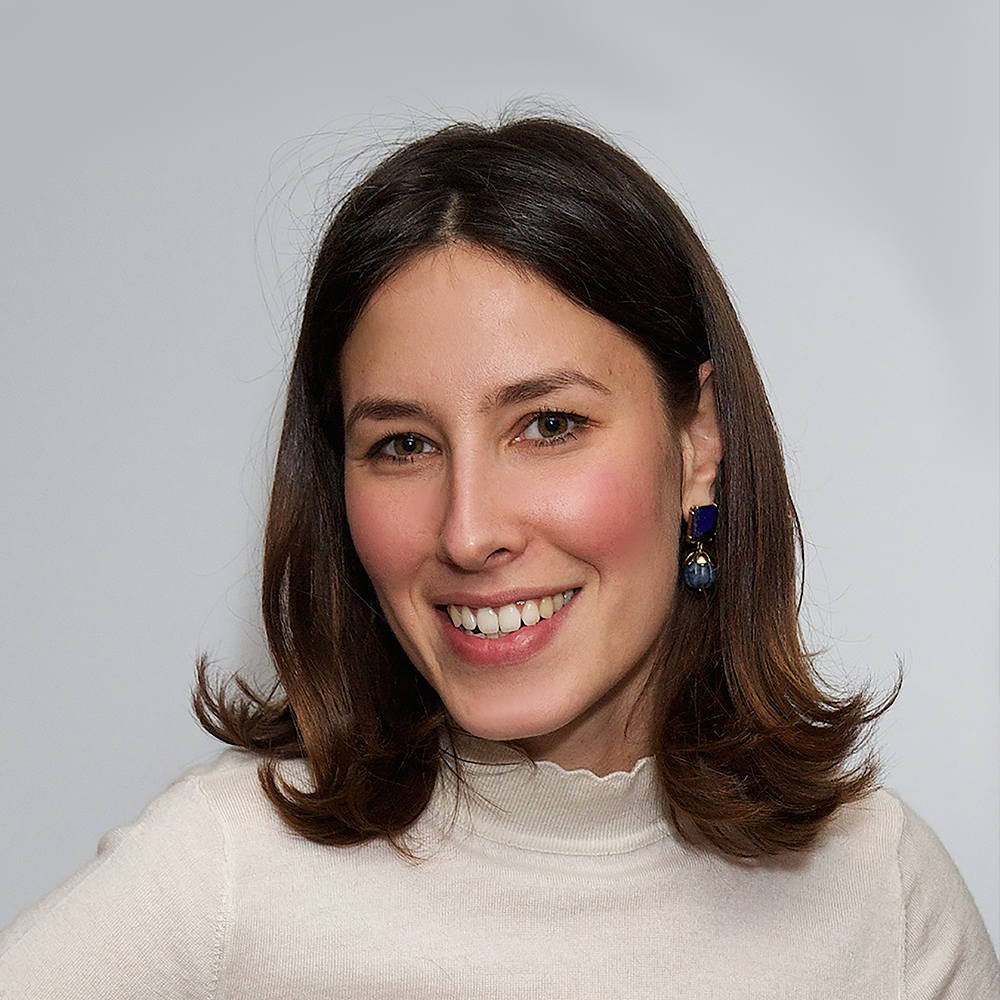
October 2019
Victoria Clarke
Victoria has over twenty years’ experience as an editor of fine illustrated books. She is currently Commissioning Editor at Phaidon, the premier global publisher of books on the creative arts, based in their London office. A keen gardener, she is passionate about horticulture and floral design, and has commissioned and curated such award-winning titles as Plant: Exploring the Botanical World, The Gardener’s Garden, Blooms: Contemporary Floral Design, Animal: Exploring the Zoological World, and The Japanese Garden. Her interests, professional and personal, extend also to photography, art, fashion, and the links between the arts and sciences. Prior to joining Phaidon, Victoria was Publications Manager at Iniva, a pioneering London-based arts organization. She is familiar with both sides of the Atlantic, having begun her career at the San Jose Museum of Art in California.
IN CONVERSATION
Tessa Packard [TP]: How has what you do shaped who you are as a human being?
Victoria Clarke [VC]: Creating and commissioning books, especially the kind of books that I make which are often for a general readership, has enhanced my natural curiosity for new knowledge, and the desire to communicate this to others. Creative and with an innate attention to detail, I love learning new things, acquiring knowledge and devising ways to share that information to the widest possible audience.
[TP]: What has been your hardest career lesson to date, and what is the one piece of advice you would give any budding editor?
[VC]: Fairly early on in my career I found myself in the fortunate position of having two job offers at the same time, jobs that offered quite different things. Both were in the field of work I wanted to be in, but one offered a managerial (slightly less creative), editorial role at a reputable institution, and the other was for a creative, editorial book-making role – more aligned with my background (I studied art history at university) – also for a leading company with a strong brand and legacy. The latter was more of a dream job I guess, but it was less well paid too. I had to decide whether to follow my head or heart – a tough decision, but in the end I opted for my heart and the creative role, and I certainly did not regret that choice.
Budding editors should gain as much related experience as they can – writing or editing the college magazine at university, working in a bookshop, or in admin support for a publisher. Don’t underestimate the value of an unpaid internship either – even just two weeks of interning could open doors to further opportunities and it gives you concrete experience to put on your CV. Be consistent in trying to build that experience and don’t give up.
[TP]: If you could design the library of your dreams, what would it look like, where would it be and what would it contain? At the opening of your imaginary library, who would cut the ribbon? Who would give a reading? And who would serve the tea?
[VC]: My library would be in an architect-designed space, located on the edge of a cultural city. It would be an inside-outside environment rich with plants and set in a beautifully designed garden, and would have lots of open glass facades to take in the amazing views of the wider landscape beyond. It would house an incredible collection of original garden and flower books, but also books on a whole host of other subjects that interest me – photography, art, fashion, an eclectic mix of non-fiction and some fiction books, but also artists’ original notebooks and/or sketchbooks. Inside there would be a comfortable place to sit and read, by a fire and with a view. Art would hang on the walls. An artist would cut the ribbon (maybe David Hockney) and Judi Dench would give a reading. Champagne would be served, not tea!
[TP]: In the time that you have worked in the publishing world what changes in trends have you observed?
[VC]: The way books are made has changed significantly – the process is no longer linear but multi-faceted and digital, with all aspects of book-making happening simultaneously. It’s a slight generalization but consumers seem to read books differently these days, preferring to dip in and out, rather than taking on a single narrative read. As well as good content, the value and nature of the book itself has shifted with many consumers wanting a unique and well-executed product with beautiful production values. Subjects have become more cross-disciplinary (architecture and art, food and gardens, etc) and there has been a real rise in subjects like ‘plate to plant’, gastronomy, ‘art and science’, etc.
[TP]: If you could steal the first edition of any book, what would it be?
[VC]: Can I be gifted three? The Tale of Peter Rabbit by Beatrix Potter (1901), Maria Sibylla Merian’s Metamorphosis insectorum Surinamensium (1705) and The Americans by Robert Frank (1959).
[TP]: Your book The Garden Chef demonstrates the important relationship of the garden to food and cooking. Why do you think there is an increased desire to connect with green spaces?
[VC]: We live in a fast-paced world and a digital one, spending a lot of time on screens with constant bombardment of information and communications. I think the desire for all things green is a reaction to this – taking us back to nature, some calm time, space to switch off, recharge our minds and energy, and away from screens. Enjoying gardens and nature is so restorative and makes us operate at a different pace.
[TP]: Who is your favourite floral artist; animal artist; garden designer?
[VC]: There are too many great garden designers to choose just one – I also value their work and the gardens they create for so many different reasons. But, Margaretha Haverman’s flower paintings are hard to beat, as are all the inspirational floral designers from around the world who were featured in my book, Blooms: Contemporary Floral Design (2019). And John James Audubon’s illustrations in Birds of America are incredible.
[TP]: In your opinion, what are the three worst mistakes any non-fiction book can make?
[VC]:An incoherent editorial structure, bad design and poor production values.
[TP]: What matters more at Phaidon: image or text?
[VC]: Images and text are both important, and of course how they are combined on the printed page, both editorially and their design.
[TP]: What did you aim to achieve with the books Animal and Plant?
[VC]: To explore and ignite an interest in the natural sciences, zoology and botany respectively, also making them more accessible to a wider audience. Another important aspect of these books is looking at the subjects through the lens of art, science, history and culture, as opposed to just a scientific approach for example. With all these books (Map, Universe and Anatomy are other titles in this ‘series’ of books), I wanted to create visually compelling surveys of more than 3000 years of each topic and to chronicle their intriguing visual history, but also to reveal how amazing and incredibly artistic it is.
[TP]: Animal was published in 2018 and Plant in 2016. Both catalogue the story of man’s relationship with flora and fauna. When do you imagine the chosen selection of images would next need to be updated in order to maintain an accurate portrayal of these relationships?
[VC]:Given the nature of both these books and other titles in the ‘Explorer’ series, they should stand the test of time well – both are comprehensive but they don’t claim to be exhaustive. I don’t envisage them needing updated editions until at least 10-15 years after their first publication and even then that would depend on developments made in these areas and how much groundbreaking new material there was to bring in.
[TP]: Fast forward 200 years, how do you think people will be reading books?
[VC]: That’s tricky – no doubt there will be new digital offerings in years to come but given the first printed book was published over 500 years ago and we are still enjoying printed books today, I would like to think that they will still be treasured objects in the future.
[TP]: In your opinion, what is the area that most requires improvement in your industry?
[VC]: People buying more books!
[TP]: Overall, do you think that technology has improved our relationship with image and text?
[VC]: Yes, in that it’s improved the book-making process (quicker, better production etc.), but no in the sense that we are constantly bombarded with words and images on our phones, computers etc. and I think this has resulted in people now demanding a slightly different reading experience – books to dip in and out off, rather than sit down and read.
[TP]: If you could curate and publish any book, on any theme, what would it be? (Money or time is no object.)
[VC]: That would be telling!
ON THE SPOT
Town or Countryside? Neither – city and coast
Favourite city? Cordoba, Spain
Your perfect dinner guest, dead or alive? Pablo Picasso. And of course family and friends
If you could time travel to any era it would be…? The year 3000
The best meal you’ve ever eaten is? Brunch at The Tin Shed in W11, but dessert would be at Le Manoir aux Quat’ Saisons, where Raymond Blanc once made me a special creme brulee in a soup bowl
The one essential you can’t leave home without? That’s tough – perfume or my jewellery
Pet hate? People not doing what they said they would
Biggest extravagance? Art or holidays
Favourite book? Don’t have a favourite – for me a favourite book is any book that is well written with a great plot and characterization, and one that I get lost in reading
What would your gravestone read? No idea but I hope nice things!
[Photography credit: Patrick Cadell]
FIND OUT MORE

